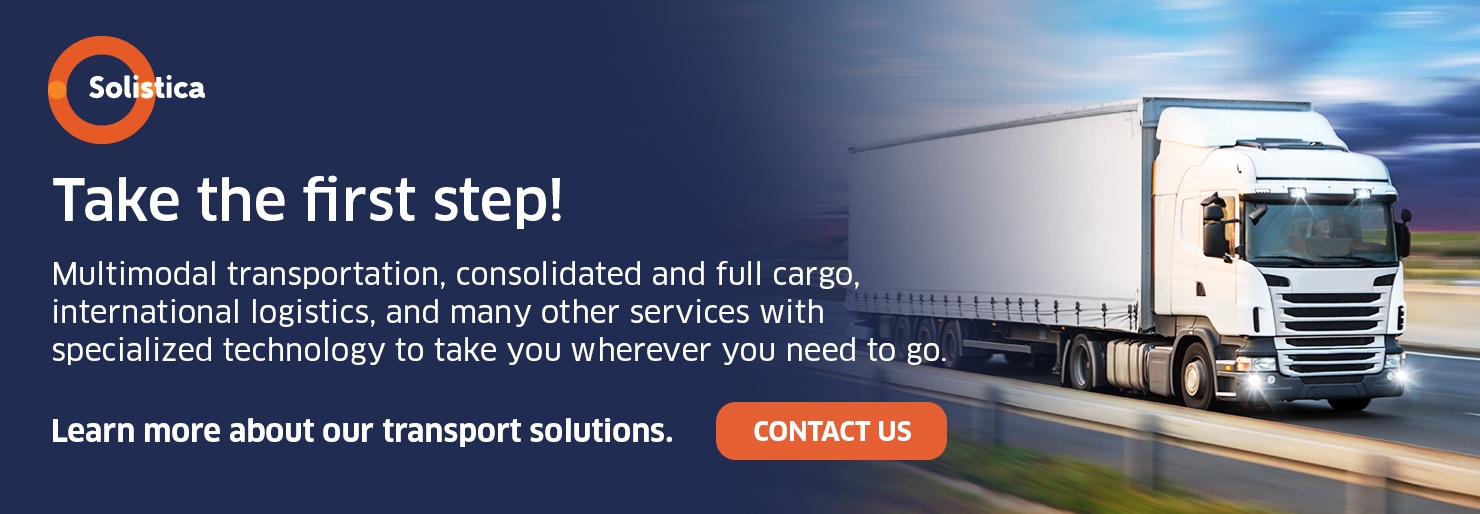When it comes to transporting goods as cheaply and quickly as possible, designing a strategy for loads that increases productivity, lowers costs, and expedite shipments becomes essential.
Before companies choose the way to ship goods to customers, less than truck load or full truck load, they must consider factors such as the point of origin, destination, availability, products’ characteristics (size, shape, weight, fragility), budgets, delivery urgency, and special conditions (temperature, humidity).
Just like the rest of logistics processes, transport – whether less than truck load or full truck load – is implementing profitable strategies; for example, some companies are taking advantage of backhauling, which consists of planning a return route to avoid having an empty vehicle on its way back. This saves fuel, time, and resources and benefits the environment.
Less than Truck Load (LTL)
LTL combines shipments from several companies, sharing space and transport costs according to their products. By carrying out several deliveries in the same route, the vehicles stop several times to unload their contents. This method is ideal for small and medium-sized companies shipping loads weighing between 45 kilograms and 5 and a half tons, one to six pallets.
LTL is also known as load consolidation and depends on the volume and average weight of the load. Usually, freighters combine partial loads to complete a full truck load; in other words, they offer loads consolidation services (LTL).
Consolidating freight combines the shipment of LTL and parcels to save time and money, if shipments are headed to the same destination.
Using backhauling or backloading in LTL services helps plan return trips and trace routes to guarantee merchandise is transported in each of the truck’s route sections. This increases vehicle and drivers use, improves productivity, and decreases the misuse of fuel.
With consolidated loads the probability for drivers to secure a return load in high-volume destinations becomes more likely; therefore, several senders may use full truck loads by consolidating their loads so they can proactively manage freight expenses.
Main advantages:
- Cheaper for recurring shipments.
- Allows access to new markets by letting companies send samples.
- Lowers the times for procurement and manufacturing processes by delivering raw materials in advance.
- Lowers the inventory of slow-moving merchandise and warehouse expenses.
- In some countries, customs procedures move faster because they are carried out only at the point of origin and at destination, not at the border.
- Maximizes profits by filling up the unused spaces in trailers and containers.
- By consolidating loads, fewer controllers are needed.
- Addresses the needs of a greater number of manufacturers.
- Can open discounts for companies using LTL shipments consistently.
The cost for LTL shipments depends on the distance, volume, weight, type of freight, and additional services such as internal pickup, refueling, and arrival notifications, besides the driver’s salary.
Full Truck Load (FTL)
FTL is a type of freight containing goods from one company only. This option is perfect when you want to ship 10 to 24 pallets (4.5 tons to 20 tons) or delicate, high risk, or urgent loads. Goods shipped via FTL are less probable of being damaged because there are no stops along the way and just a few contact points, which makes insurance less expensive.
Main Advantages:
- Goods are less likely of being damaged because they are handled only during loading and unloading.
- Faster because there are no transfers.
- More load capacity.
- Exclusive use of the unit.
- More effective for large shipments.
- It is not subject to the needs of other parties "sharing" the vehicle.
- The shipped goods never leave the unit until they arrive at destination, which keeps them safe.
FTL rates usually include the complete rental fee of the unit, the distance, refueling, and the driver’s salary.
Sometimes, it is difficult to choose the type of transport we need; however, there are technology platforms such as Transportation Management Systems (TMS) that help us plan and schedule full and consolidated shipments depending on the demand. There even are some cloud based TMS that let us combine different freighters, which allow us to compare costs, capacities, and insurance in real time.
Specialized logistics companies like Solistica can help us find out what is the best option for each scenario. By having modern transportation management systems, these logistics companies find better ways to manage loads more efficiently and properly combine both consolidated and full shipments to meet the needs and specifications of their clients.
